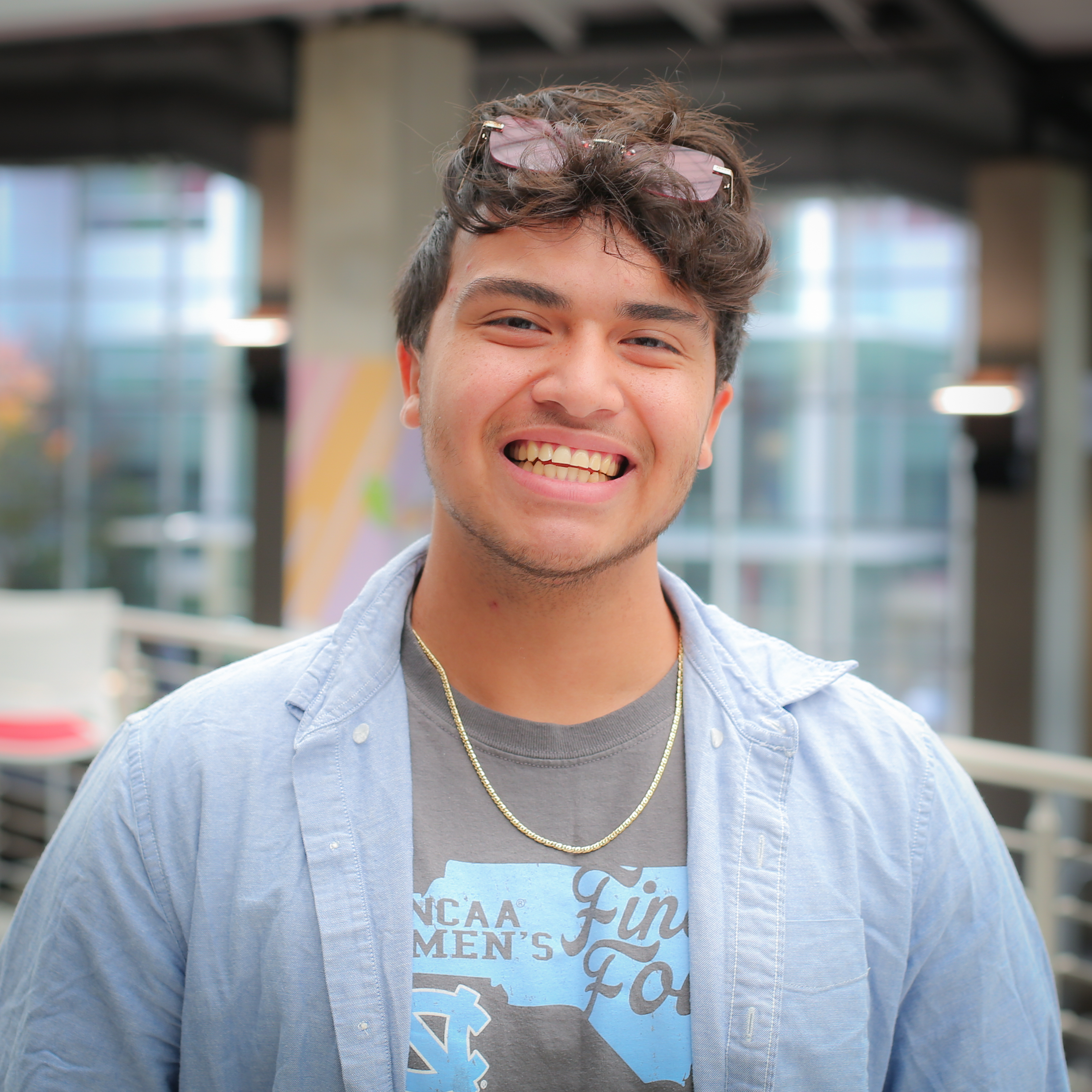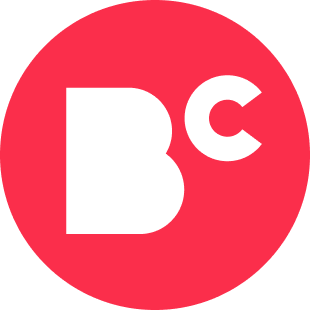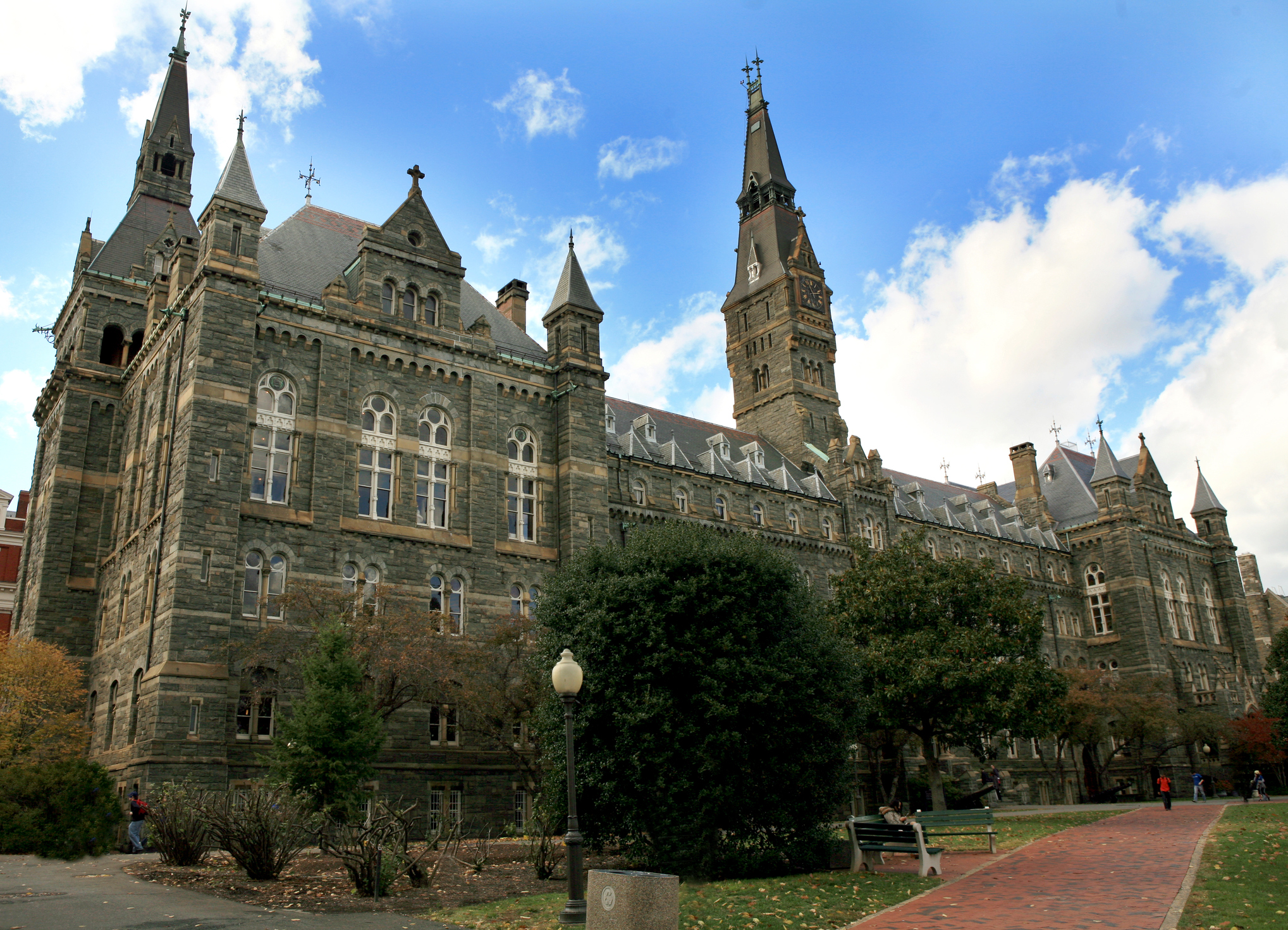The Public Ivies, Little Ivies, and Other Ivy League Equivalents
Key Takeaways
- The Public Ivies, Little Ivies, and Hidden Ivies are groups of colleges known for their strong academics, selective admissions, and national reputations — even though they aren’t part of the traditional Ivy League.
- Public Ivies offer lower tuition and larger campuses, while Little Ivies and Hidden Ivies include liberal arts colleges that focus on undergraduate education and smaller class sizes.
- Equivalent groups to the Ivy League include the Ivy Plus, New Ivies, Southern Ivies, and Seven Sisters.They are recognized for their academic excellence and historical significance.

Today, the term “Ivy League” connotes prestige, tradition, and power. Composed of academic powerhouses like Harvard, Princeton, Yale, and Columbia, the Ivies seem to dominate U.S. higher education. But what about other schools with excellent reputations that don’t have the Ivy League label?
It’s likely no surprise that Ivy League-level colleges and universities would borrow a little “ivy” to use in their own names. These similarly prestigious institutions include public schools, small liberal arts colleges, and other lesser-known, top-tier schools.
What Are the Public Ivies?
The Public Ivies offer an Ivy League education at a public university price, according to Richard Moll, who coined the term in his 1985 book “The Public Ivys.”
Moll’s list of Public Ivies included 15 schools, including William & Mary, UC Berkeley, the University of Michigan, UCLA, and the University of Virginia. Moll also named nine runners-up, which, to him, offered near-Ivy-level education but weren’t quite as strong.
The 2001 book “Greenes’ Guides to Educational Planning” expanded the Public Ivy schools list to 30 public universities, divided by region (Northeast, Mid-Atlantic, South, Midwest, and West). Schools on this list include Indiana University, Bloomington, the University of Georgia, and the University of Washington.
Most Public Ivies are a lot larger than the Ivy League schools. While undergraduate enrollment at the eight Ivies averages around 8,500 students, many Public Ivies boast far bigger undergraduate classes. Michigan and UCLA, for example, each enroll over 31,000 undergrads.
The Public Ivies also generally have higher acceptance rates than the traditional Ivy League, but that doesn’t mean they aren’t selective. UC Berkeley, for example, only admits 11% of first-year applicants.
You might want to consult a college counselor to gain an edge on your application. For example, Empowerly reported that students who worked with their college counselors to apply to Berkeley saw a 33% acceptance rate. To get into an Ivy-level school — private or public — you’ll need to present a compelling story that tells admissions officers why you’re a good fit.
The Public Ivies also report smaller endowments than the Ivies — and these endowments must stretch further because of their larger student bodies. Although Michigan has a larger university endowment than Columbia, the public school simply can’t match a real Ivy in terms of financial aid for students.
The Public Ivies do, however, offer one huge advantage over the Ivies: lower tuition rates. While every Ivy League school charges more than $50,000 in annual tuition and fees, many of the Public Ivies cost around just $10,000 per year for in-state students.
Public Ivy League Schools (Greene, 2001)
- Binghamton University
- Indiana University Bloomington
- Miami University
- Michigan State University
- Ohio State University
- Pennsylvania State University
- Rutgers, The State University of New Jersey
- University of Arizona
- University of California, Berkeley
- University of California, Davis
- University of California, Irvine
- University of California, Los Angeles
- University of California, San Diego
- University of California, Santa Barbara
- University of Colorado Boulder
- University of Connecticut
- University of Delaware
- University of Florida
- University of Georgia
- University of Illinois at Urbana-Champaign
- University of Iowa
- University of Maryland, College Park
- University of Michigan
- University of Minnesota Twin Cities
- University of North Carolina at Chapel Hill
- University of Texas at Austin
- University of Virginia
- University of Washington
- University of Wisconsin-Madison
- William & Mary
Learn More About Empowerly’s College Admissions Counseling
What Are the Little Ivies?
The “Little Ivies,” which are private liberal arts colleges, offer academic rigor and selective admissions similar to the Ivies and Public Ivies.
The Little Ivies include all the schools of the New England Small College Athletic Conference and several schools outside New England. Elite liberal arts institutions, like Amherst College, Vassar College, and Tufts University, typically appear on Little Ivies lists.
The Little Ivies often focus exclusively on undergraduate education. While the Ivy League and Public Ivies offer numerous graduate programs, many of the Little Ivies only offer undergraduate degrees.
List of Little Ivies
- Amherst College
- Bates College
- Bowdoin College
- Colby College
- Connecticut College
- Hamilton College
- Haverford College
- Lafayette College
- Middlebury College
- Swarthmore College
- Trinity College
- Tufts University
- Vassar College
- Wesleyan University
- Williams College
What Are the Hidden Ivies?
In a 2000 book, education experts Howard and Matthew Greene — the same duo who expanded Moll’s list of Public Ivies — proposed the idea of the “Hidden Ivies.” These 63 highly selective colleges offer a premier liberal arts education.
The Hidden Ivies include many small colleges, such as Davidson College, Pomona College, and Oberlin College, as well as some large research universities, like Georgetown University, Vanderbilt University, and the University of Southern California.
List of Hidden Ivies
- Amherst College
- Barnard College
- Bates College
- Boston College
- Bowdoin College
- Brandeis University
- Bryn Mawr College
- Bucknell University
- Carleton College
- Case Western Reserve University
- Claremont McKenna College
- Colby College
- Colgate University
- College of the Holy Cross
- Colorado College
- Davidson College
- Denison University
- Dickinson College
- Duke University
- Emory University
- Fordham University
- Franklin and Marshall College
- Georgetown University
- Grinnell College
- Hamilton College
- Haverford College
- Johns Hopkins University
- Kenyon College
- Lafayette College
- Lehigh University
- Macalester College
- Middlebury College
- Mount Holyoke College
- Northwestern University
- Oberlin College
- Pomona College
- Reed College
- Rice University
- Skidmore College
- Smith College
- Southern Methodist University
- Stanford University
- Swarthmore College
- Trinity College
- Tufts University
- Tulane University
- Union College
- University of Chicago
- University of Notre Dame
- University of Richmond
- University of Rochester
- University of Southern California
- University of the South
- Vanderbilt University
- Vassar College
- Villanova University
- Wake Forest University
- Washington and Lee University
- Washington University in St. Louis
- Wellesley College
- Wesleyan University
- Williams College
What Does Ivy Plus Mean?
The Ivies aren’t the only renowned private schools that consistently rank in the top 20. Many use the phrase Ivy Plus to refer to both the Ivies and a handful of similarly prestigious schools, such as Stanford, MIT, the University of Chicago, and Duke. Some lists, however, also count Northwestern, Johns Hopkins, and Caltech among the Ivy Plus schools.
Like the Ivies, these institutions are costly and highly selective, usually admitting fewer than 10% of applicants. They also offer prestigious alumni networks, large endowments, and lively traditions.
List of Ivy Plus Schools (Unofficial)
- Brown University
- Columbia University
- Cornell University
- Dartmouth College
- Duke University
- Harvard University
- Massachusetts Institute of Technology
- Princeton University
- Stanford University
- University of Chicago
- University of Pennsylvania
- Yale University
What Are the New Ivies?
In 2006, Newsweek coined the phrase “New Ivies.” These schools rank high in academics and faculty, even if they don’t reach the endowment size or elite status of the Ivies. Newsweek’s list includes both public and private schools, such as Carnegie Mellon, UNC-Chapel Hill, Emory, and Notre Dame.
Unlike the Ivies, which all lay within just a few hundred miles of one another, the New Ivies stretch across the country, from the Claremont Colleges in California to Manhattan’s NYU. Especially in the South, these schools are surging in popularity in 2025. According to Empowerly, lower tuition without sacrificing robust academic programs has fueled the New Ivy interest.
List of New Ivies
- Boston College
- Bowdoin College
- Carnegie Mellon University
- Colby College
- Colgate University
- Davidson College
- Emory University
- Harvey Mudd College
- Kenyon College
- Macalester College
- New York University
- Olin College of Engineering
- Pomona College
- Reed College
- Rensselaer Polytechnic Institute
- Rice University
- Skidmore College
- Tufts University
- University of California, Los Angeles
- University of Michigan
- University of North Carolina at Chapel Hill
- University of Notre Dame
- University of Rochester
- University of Virginia
- Vanderbilt University
- Washington University in St. Louis
What Are the Black Ivies?
Eliciting comparisons to the Ivy League, the most elite historically Black colleges and universities are often called the “Black Ivies.” These schools — including Howard University, Fisk University, Morehouse College, Tuskegee University, and Hampton University — were first singled out in Barnard psychology professor Jacqueline Fleming’s 1984 book “Blacks in Colleges.”
List of Black Ivies (Unofficial)
- Dillard University
- Fisk University
- Hampton University
- Howard University
- Morehouse College
- Spelman College
- Tuskegee University
What Are the Southern Ivies?
When eight elite Northeastern universities joined the Ivy League athletic conference in 1954, Southern universities attempted to establish a rival league: the Magnolia Conference. Made up of schools like Vanderbilt, Emory, Rice, Duke, and Tulane, the Magnolia Conference was meant to compete with the Ivy League in more than just sports.
Though the athletic conference never took off, these prestigious Southern schools are still sometimes dubbed the “Southern Ivies.”
List of Southern Ivies (Unofficial)
- Davidson College
- Duke University
- Emory University
- Rice University
- Southern Methodist University
- Tulane University
- University of North Carolina at Chapel Hill
- University of Texas at Austin
- University of Virginia
- Vanderbilt University
- Wake Forest University
- William & Mary
What Are the Seven Sisters?
Nearly all of the Ivy League schools historically excluded women. Columbia didn’t start admitting female students until 1983, and only Cornell admitted women from its founding in 1865. As a result, the seven (originally) men-only Ivies offered sister institutions for women. These schools, which were founded in the 19th century, were meant to educate the sisters of men at the Ivies.
The “Seven Sisters,” as the institutions are known, include Vassar, Barnard (Columbia’s sister institute), and Radcliffe College, which merged with Harvard in 1977. Today, Vassar admits both men and women, but the remaining Sisters operate as private women’s colleges.
List of Seven Sisters
- Barnard College
- Bryn Mawr College
- Mount Holyoke College
- Radcliffe College
- Smith College
- Vassar College
- Wellesley College
The Ivy League vs. the Almost-Ivies
The Ivy League schools don’t have a monopoly on higher education. The Public Ivies, the Little Ivies, and many other non-Ivy schools can offer something the Ivy League can’t. For example, the Public Ivies provide a big-school feel, while the Little Ivies emphasize even smaller student bodies than Dartmouth, the smallest Ivy League school.
The point is that anyone can get a good education at many of the non-Ivies. While Malia Obama chose to attend Harvard, her sister, Sasha, opted for the University of Michigan. Your education is ultimately what you make of it.





